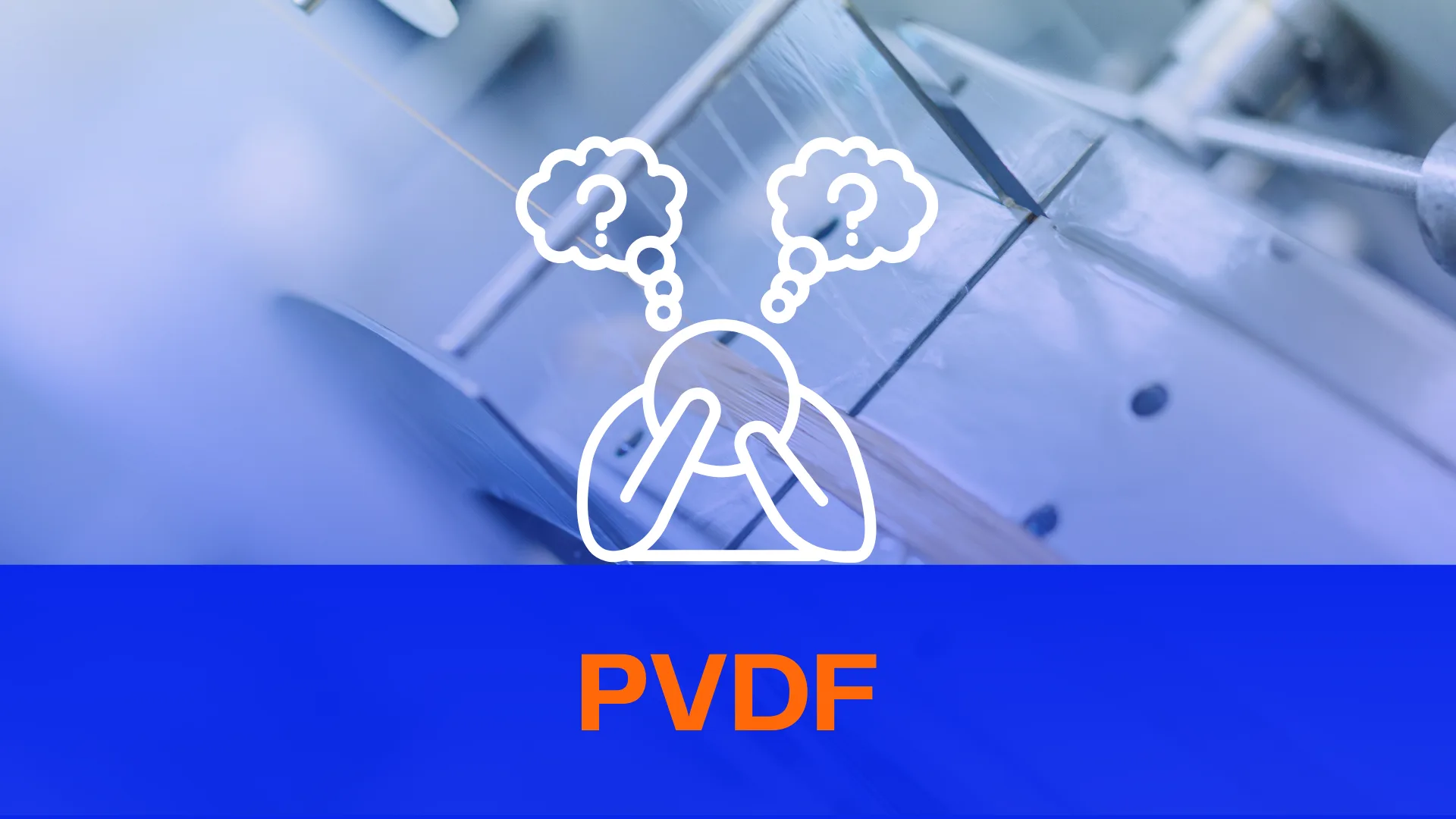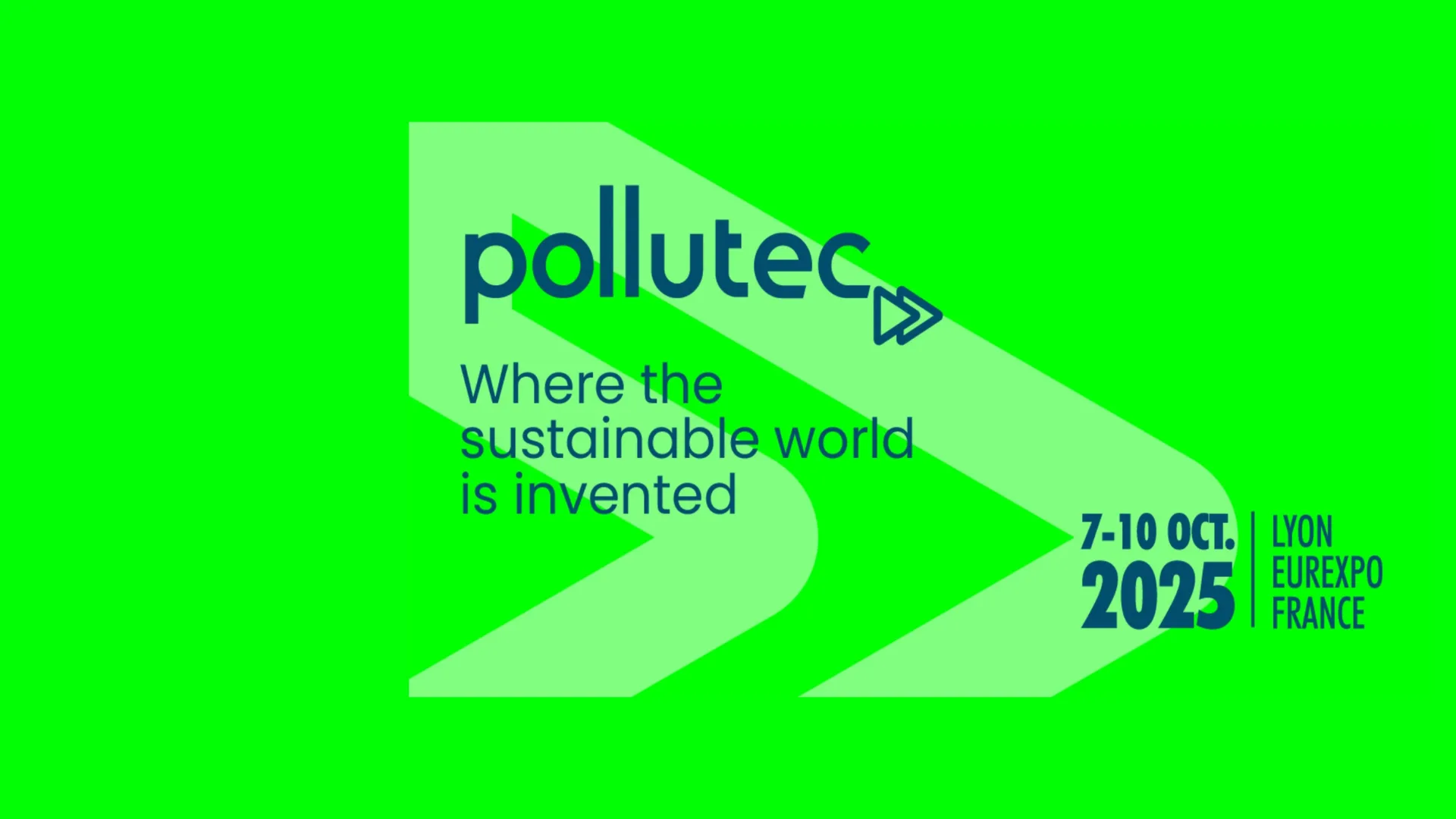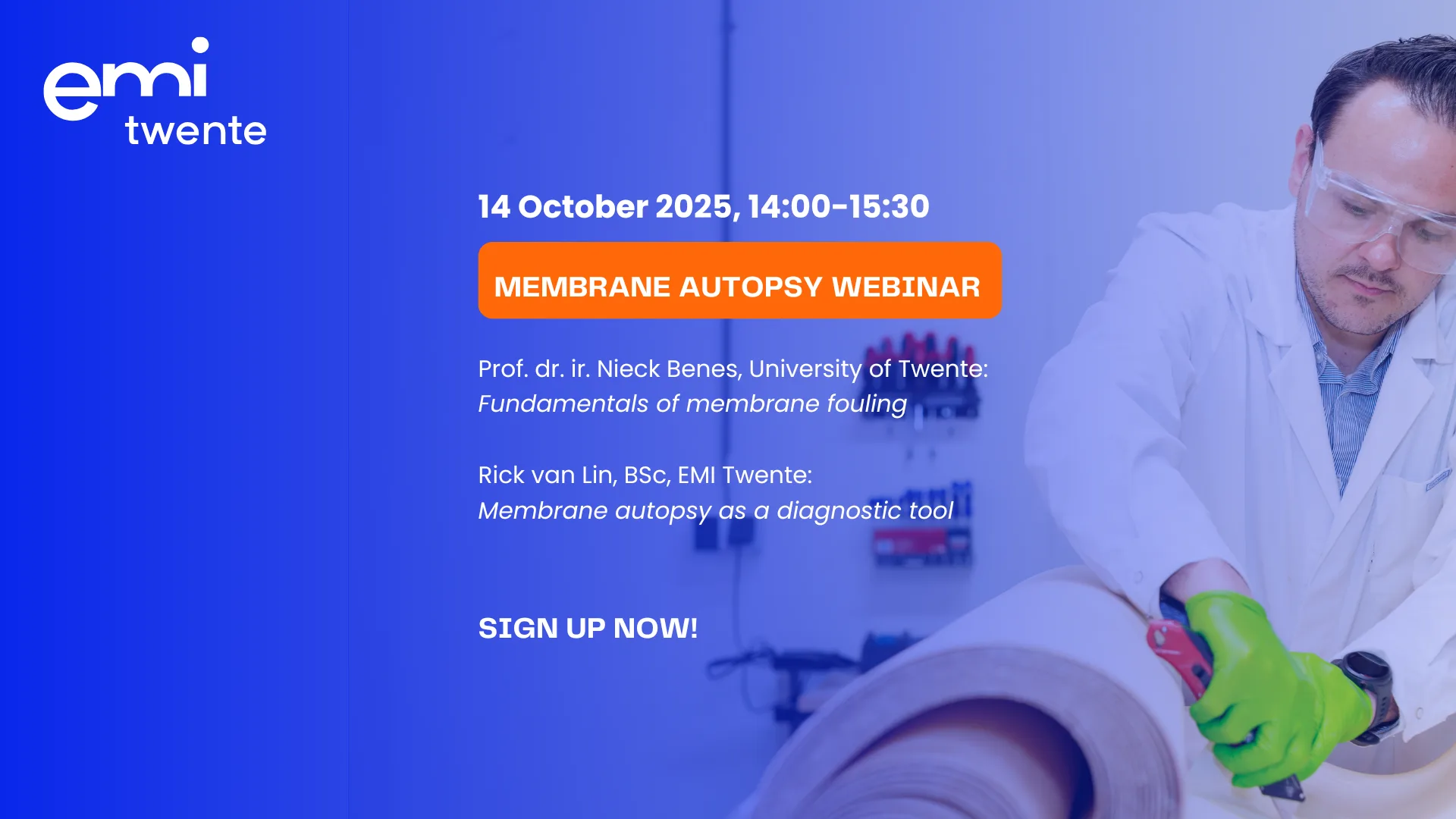Last month, the European Chemicals Agency (ECHA) published an updated proposal to restrict the use of per- and polyfluoroalkyl substances (PFAS) under the REACH regulation. The proposed restriction includes polymeric PFAS such as polyvinylidene fluoride (PVDF), a material that is widely used in membranes for water treatment. If the proposal is adopted, the production and use of PVDF membranes in the European union could be severely limited or even banned. This development poses a direct challenge to the water treatment sector, which relies heavily on PVDF membranes for both potable- and wastewater applications. Therefore, there is a high urgency to investigate viable alternatives to PVDF.
PVDF Membranes in Water Treatment
PVDF membranes are used extensively in ultrafiltration systems, particularly as pretreatment in reverse osmosis desalination plants. They are also applied in membrane bioreactors (MBRs), industrial wastewater recycling, and sludge separation. Their chemical resistance and mechanical strength makes them suitable for cleaning with oxidizing agents, which is often necessary in harsh water conditions. However, PVDF is not without limitations. It is more expensive than alternatives like polyethersulfone (PES) or polysulfone (PSF), and its hydrophobic surface makes it prone to fouling. Besides that, cleaning with alkaline agents can damage the membrane.
Impact of the REACH Proposal
The REACH proposal sets strict thresholds for PFAS content, including polymeric PFAS. Unless specific exemptions are granted, this could mean the end of PVDF membrane production and use in the European union. For water treatment operators, this raises immediate concerns about continuity, compliance, and cost. The transition away from PVDF will not be simple. Each application has specific requirements, and alternative materials must be tested and validated under realistic conditions.
Alternatives: PES, PSF, and Ceramics
Polyethersulfone (PES) and polysulfone (PSF) are already used in many ultrafiltration systems. They offer good chemical resistance and lower fouling tendencies, but cannot be cleaned with oxidizing agents. Ceramic membranes are PFAS-free and chemically inert, making them a strong candidate for long-term replacement. However, they come with higher initial costs and require different system designs. The challenge lies in determining which alternative is suitable for each application, and doing so quickly.
EMI Twente’s Role in Supporting the Transition
As the industry faces this shift, EMI Twente can provide essential support. EMI Twente offers pilot testing facilities to evaluate alternative membranes under real-world conditions. This includes performance testing, fouling analysis, and cleaning protocol validation. In cases where existing alternatives are not sufficient, EMI Twente collaborates with partners to develop new membrane materials tailored to specific needs. Our goal is to help industry stakeholders make informed decisions based on data, not assumptions.
Conclusion
The proposed PFAS restriction is not a distant possibility, it is a likely reality. The water treatment sector must prepare for the phase-out of PVDF membranes. This requires urgent action: identifying alternatives, validating their performance, and adapting systems accordingly. EMI Twente is ready to support this transition with practical testing, research, and development. The time to act is now!



